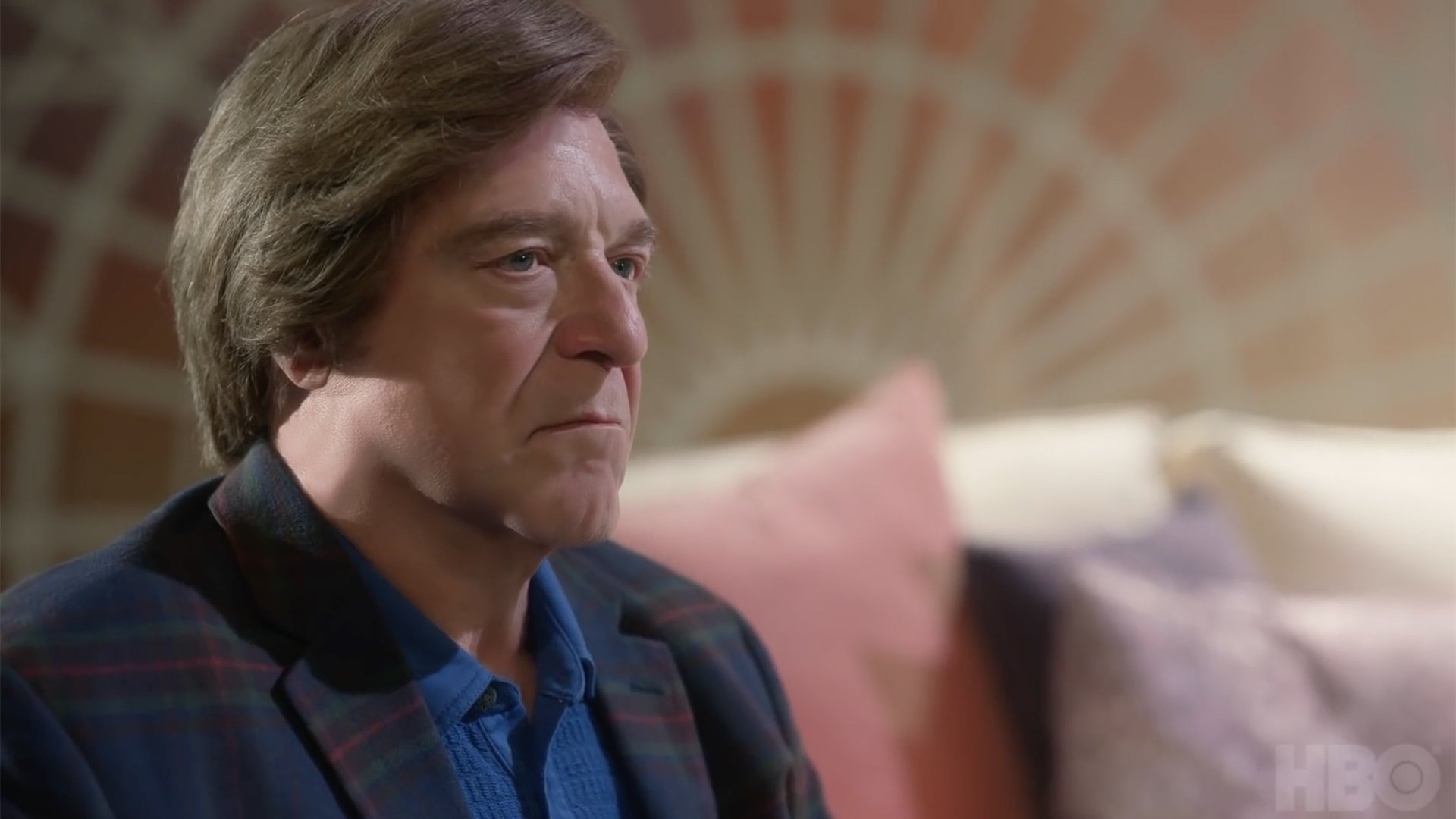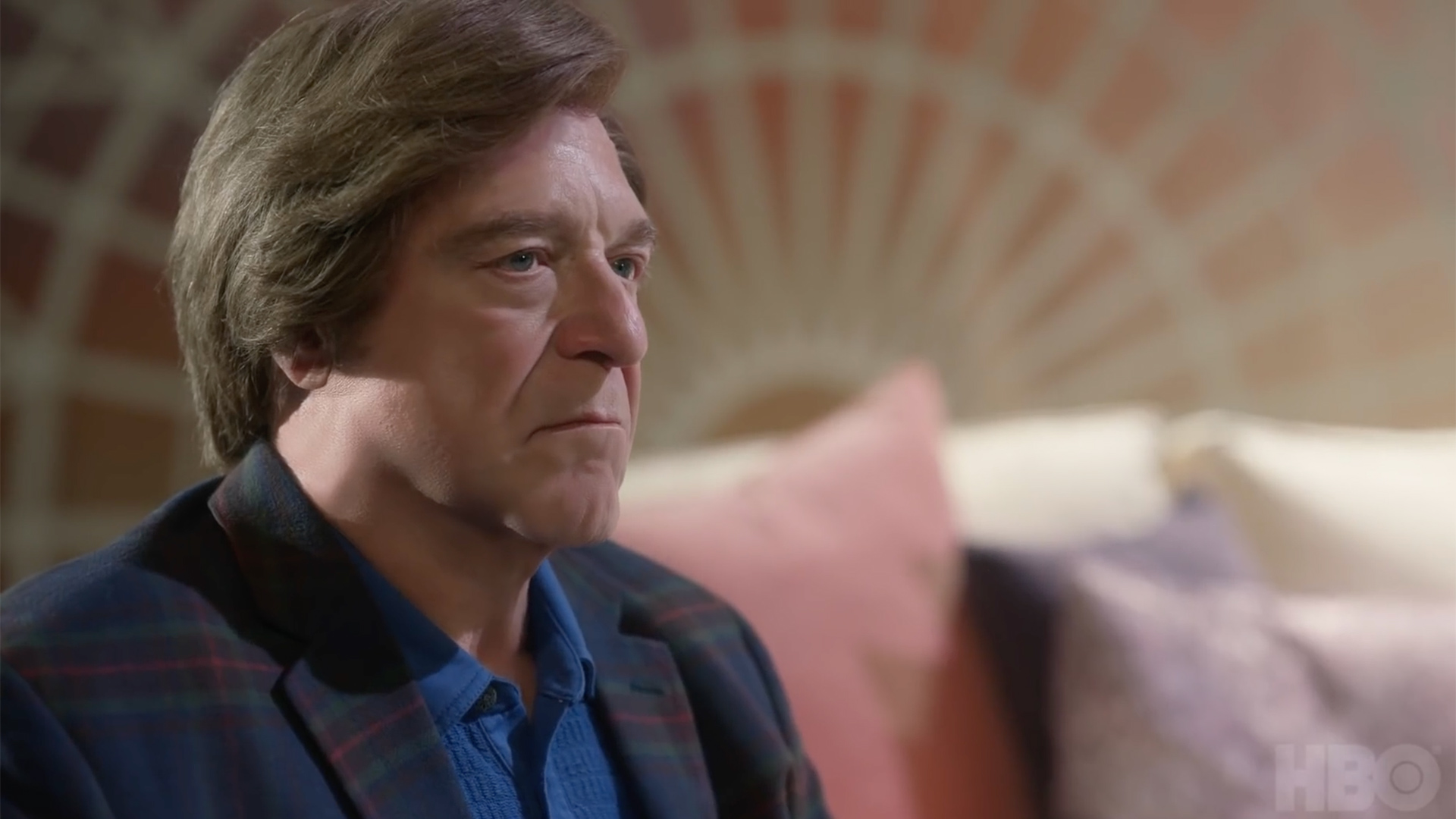

Actors worried about the passage of time need worry no more. De-aging has, well, come of age, and an episode of The Righteous Gemstones shows just how effective it now is, without any of the huge budgets and time that it used to require.
De-ageing is all the rage just now. Robert De Niro has had his mug replaced with a facsimile of himself from thirty years ago in Martin Scorsese’s mob epic, The Irishman. Will Smith confronts the fresh prints of his younger self in Gemini Man.
Big budget productions like these, and in case of Irishman, produce a bill which proved too steep for Hollywood studios, with Netflix stepping in to fund the $150 million production, the bulk of which was spent on finessing the de-ageing process in order for the director to tell the story the way he wanted.
Traditionally, de-aging work like this has been done in one of two ways: through filtering (which saves time, but is hard to scale) or CG replacements (better quality at a higher cost) which can take six months to a year.
Now, there’s an algorithm for that, and if it works it could open the technique up to lower budget shows including the notoriously cash-strapped fast turnaround post production schedules of TV.
LA post house Gradient Effects has devised an AI-driven tech called Shapeshifter and applied it to the visage of John Goodman, transporting the actor back thirty years (that’s Rosanne era Goodman), for a storyline on one episode of HBO televangelist comedy The Righteous Gemstones.
In so doing, Gradient claim they’ve sidestepped the Uncanny Valley to shave decades off Goodman while keeping his performance and persona intact.
Gradient explains that their tool allows them to “reshape” an individual frame and the performers in it, and then extend those results across the rest of a shot therefore de-aging people in a fraction of the time of big budgeted shows.
The analysis process
The tool starts by ‘analysing’ the underlying shape of Goodman’s face. It then extracted important anatomical characteristics, like skin details, stretching and muscle movements. With the extracted elements saved out as layers to be reapplied at the end of the process, artists could begin reshaping his face without breaking the original performance or footage. Artists could tweak additional frames in 3D down the line as needed, but they often didn’t need to, making the de-aging process nearly automated.
“One of the first shots of ‘Interlude’ shows stage crew walking in front of John Goodman,” explained Olcun Tan, owner and visual effects supervisor at Gradient Effects. “In the past, a studio would have recommended a full CGI replacement for Goodman’s character because it would be too hard or take too much time to maintain consistency across the shot. With Shapeshifter, we can just reshape one frame and the work is done.”
Based on the trailer their work appears pretty good although you can’t escape the jarring knowledge that you retain of how the actor looks today. He’s so well known, it strikes you as odd to see him, not exactly wrinkle free, but with tighter skin and a tighter stomach, although he is a lot trimmer in real life now than he was 30 years ago. The wigged hair, which is not CG, is actually more alarmingly noticeable than anything in the CG-Goodman’s eyes.
And it’s the eyes where the uncanny valley is most noticeable. The windows to the soul and all that are especially hard to fake. In most previous attempts it is the cold empty stare which gives the game away (think Jeff Bridges in the Tron reboot, reprising his earlier role).
It could be that Gradient left Goodman’s eyes from his original performance well alone rather than overly doctoring them, which was the case in Will Smith’s full-head replacement in Gemini Man, to dubious result.
The other point about de-aging it that has to be editorially appropriate rather than gratuitous. In the HBO episode in question the story time travels back to 1989 when the Gemstone empire was still growing and Goodman’s character’s wife was still alive.
We are likely to see a lot more of de-aged and back-from-the dead actors (Peter Cushing’s resuscitation in recent Star Wars being the prime example) because creatively the technique, clearly advancing in sophistication, opens up new storytelling / money-making opportunities.
There are questions, though, some ethical, some flippant. The story in The Righteous Gemstones could have been told just as easily (actually more easily) with a younger actor playing a version of Goodman’s character. Has that just put another actor out of a job? If the technique becomes so good that it can, as in Gemini Man, carry the whole feature, what would be the point of hiring James McAvoy when you can get Patrick Stewart as Professor Xavier?
How far back do you go? Could you get a believable child performance out of Robert Redford, Clint Eastwood, Arnie? (not sure why you’d want to, but that imagine an elevator pitch that reads ‘Terminator meets Home Alone.')
If it can de-age, surely AI can ‘age’ an actor also, rather than having their youthful face caked in make-up like Dustin Hoffman in Little Big Man.
The elixir of youth is far from new – Michael Douglas, Brad Pitt, Kurt Russell, Samuel Jackson – have all had it applied. As yet few female actors have had the pleasure, although Sean Young did, controversially, for Blade Runner 2049 (when Harrison Ford in the same scene got to keep his warts and all).
It’s all data after all. So who owns the IP on that? The actor, the studio or the digital capture team?
Tags: Production


Comments